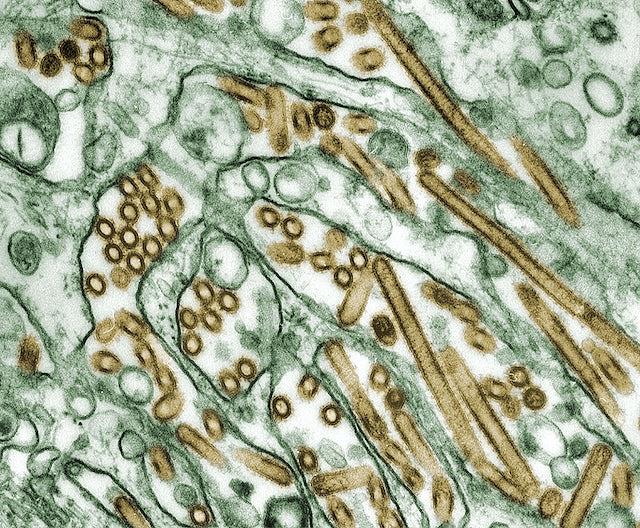-
-
Preventing the Next Pandemic
-
-
-
Lecture II.
-
-
-
Background
-
-
4.1 Influenza Pandemic of 1918 » Readings
The most deadly pandemic in recorded history is the influenza pandemic of 1918, which killed an estimated 50 million people around the world. In contrast, World War I, which took place at the same time, killed about 20 million people, including both military and civilians. The 1918 influenza pandemic was also unusual in its particular lethality in healthy adults, specifically 20- to 40-year olds.
Here are two different perspectives on the 1918 influenza pandemic: (1) a scientific research articles that describes the spread of the disease within and among US Army camps, and (2) a personal letter from a young volunteer nurse to a friend. Both give a sense of the scale of the pandemic in terms of lives being lost but also the strategies that were in place to try to slow the spread of the disease.
1. Soper, G. A. (1918). The influenza pneumonia pandemic in the American army camps during September and October, 1918. Science, 48(1245), 451-456. Available via Science (https://science.sciencemag.org/content/48/1245/451)
Soper was a sanitation engineer in New York in the first years of the 20th century, specializing in the spread of typhoid fever as well as ventilation in the subways and methods of street clearning. By the time of the 1918 influenza pandemic, Soper was a military epidemiologist with the US Army.
2. Lutiant Van Wert to “Louise” (October 17, 1918). Records of the Bureau of Indian Affairs, Record Group 75. National Archives Identifier: 2641556. National Archives at Kansas City, Kansas City, MO. Available via National Archives (https://www.archives.gov/exhibits/influenza-epidemic/records/volunteer-nurse-letter.pdf) & The American Yawp Reader (http://www.americanyawp.com/reader/21-world-war-i/lutiant-van-wert-describes-the-1918-flu-pandemic-1918/)
Van Wert, a Native American woman ("Indian girl" in the text), volunteered as a nurse in Washington D.C. during the 1918 influenza pandemic. She writes to a former classmate still enrolled at the Haskell Institute, a government-run boarding school for Native American students in Kansas.

